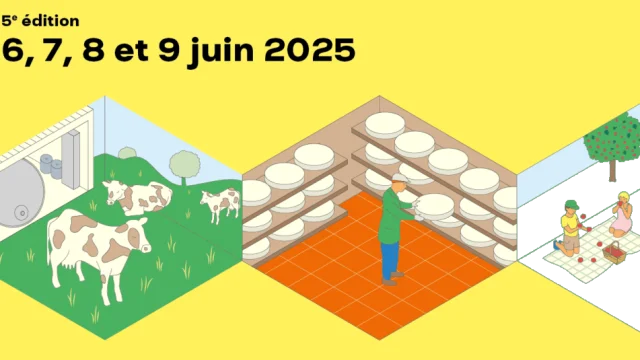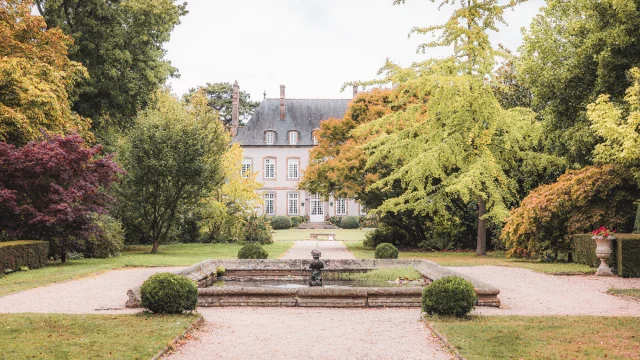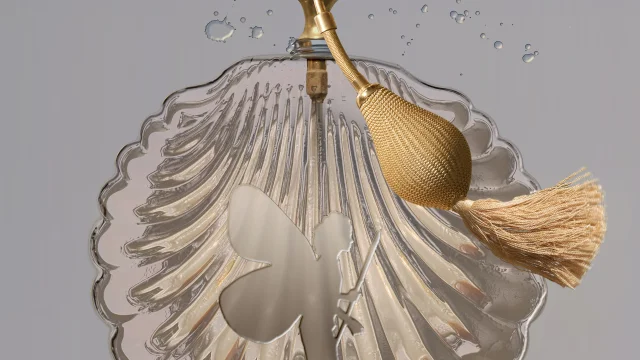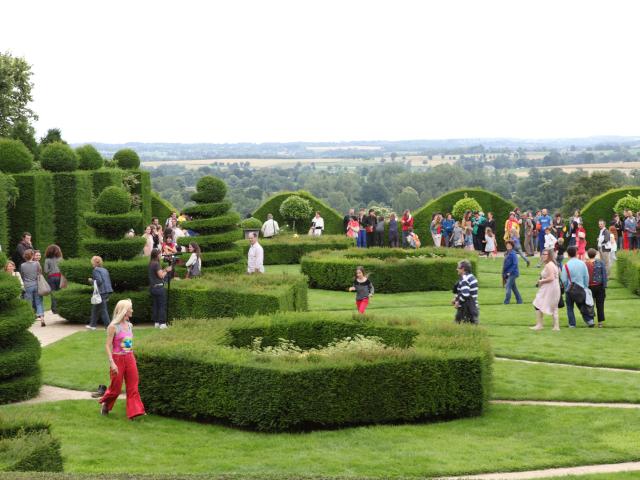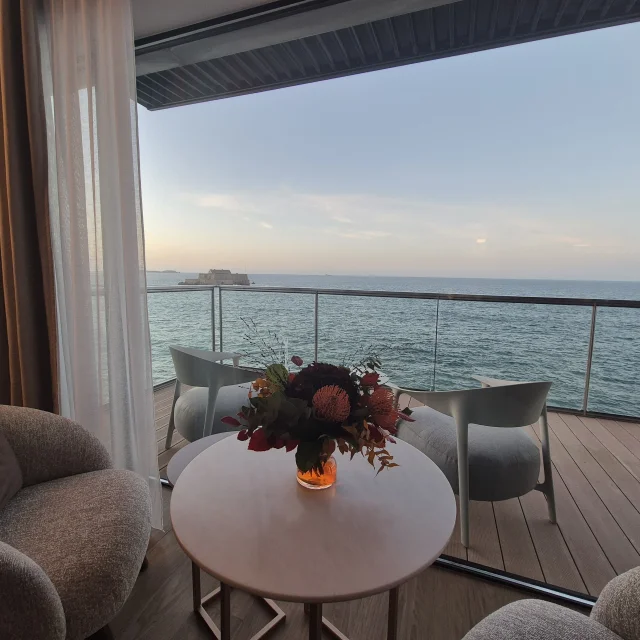The European event:
Whether you’re a botany enthusiast, a Sunday gardener or just curious, the Rendez-vous aux jardins will satisfy all your desires! Since 2003, this event organised every first weekend in June by the Ministry of Culture has been inviting you to discover the wealth and variety of parks and gardens across the country, and even in Europe (see box). In addition to its aesthetic and festive aspects, this event is an opportunity to highlight the work done by private and public garden owners and the Ministry of Culture to restore, conserve, maintain and promote parks and gardens. Last year, more than 2,200 sites opened their doors to the general public, including more than 400 on an exceptional basis or for the first time.
The 2025 theme will take us to Chinese gardens where standing stones had and still have an important role. The imaginary of Asian stone gardens continues to infuse today, particularly in dry gardens in Japan and in many gardens around the world. These ‘standing stones’ from the Far East had a fundamental influence on the fashion for rocks in picturesque gardens in the 18th century. Just as ruins (false ruins) had their moment of glory in these same gardens throughout Europe, not forgetting caves.
Gardens of eternity, cemeteries make a fine place for minerals.
Stone is also present in our gardens through statuary and furniture.
Rockwork, also known as rustication, is an ancient technique that involves using cement, and more recently concrete, to create structures or objects that imitate wood. Very much in vogue in the second half of the 19th century, thanks to the fashion for rock gardens and mountain landscapes, artificial cement became the emblematic material of French know-how, used in Alphand’s Parisian parks and at the Universal Exhibitions.
The colours of sand and gravel for pathways and floors, calades and the reuse of quarries also evoke the mineral in gardens.
Stone can also have a technical role when it allows water to circulate, to drain or for ornamental purposes thanks to canals or ponds; skilfully applied it is used to create terraces for nursery gardens or pleasure gardens.
The stone can also have a technical role when it allows water to circulate, to drain or for ornamental purposes thanks to canals or ponds; skilfully applied it is used to create terraces for nursery gardens or pleasure gardens.
The stone can also have a technical role when it allows water to circulate, to drain or for ornamental purposes thanks to canals or ponds.
 Atpp Poster Ministere De La Culture Rdvj 2025 A4
Atpp Poster Ministere De La Culture Rdvj 2025 A4



